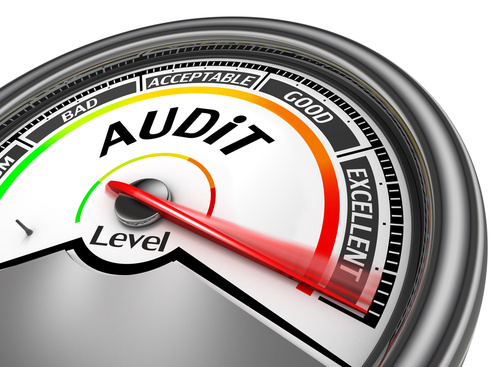
[Throughout his Local and State Government career and more recent consulting experience, Graham Webb PSM, has served on several Local Government Audit Committees and currently Chairs the Central Highlands Audit Committee and Whitsunday Regional Council Audit and Risk Committee. In this article Graham shares his experience and a few thoughts/observations about practices that contribute to better performing Audit Committees.]
Having several decades exposure to local government audit and risk management committees both from the perspective of an officer reporting to Committees and as a member and Chair of Committees, I feel I can offer a few helpful tips to those following along that path, particularly on creating high performance in the functioning of Local Government Audit Committees.
The Foundations
As well as being closely familiar with the relevant legislation governing the conduct of Audit Committees, members should be guided by the values and principles contained in their Audit Committee Charter. A review of the Charter from time to time by the Committee provides a salutary refresher of the foundations of accountability required during the Committee’s deliberations.
A clear and transparent commitment to impartiality, objectivity, thoroughness of enquiry and diligent preparation will also provide a solid base for the Committee’s work
What makes effective Audit Committees?
In my experience some key measures of the effectiveness of a well-functioning Audit Committee include:
- Timely preparation and distribution of the Committee Agenda. In order for the Chair and members to diligently consider the matters coming before them, adequate notice must be given to enable them to read, understand and digest the various reports contained in the business paper.
- Well constructed and articulate reports on matters relevant to the agenda, which reveal both accurate and adequate information enabling full disclosure.
- Inclusion in the Agenda of a range of topics sufficient to provide a well-rounded appreciation of the scope of the local government’s responsibilities, and not just confined to financial data.
- At the meeting, full and robust discussion of the agenda items demonstrating that the members are well prepared, ask searching questions and are competent to express learned opinions on issues identified.
- The willingness of the members to question the information coming before them and the responsiveness of the officers in providing open and honest reports and clarification of issues.
The scope of agenda topics should be expansive and not confined to the traditional paths of accounting compliance and fraud prevention. The capacity of the Committee to enquire into a whole range of topics, particularly to identify and understand emerging issues and risks is its most valuable asset. Audit Committees are now embracing Risk Management and its key areas like:
- Risk framework shortcoming;
- Insurance cover and claims management;
- Legal actions and appeals;
- Information systems upgrades and cyber security issues
- Business Continuity Plans;
- Disaster Management Plans.
And of course, Audit and Risk Committees must never lessen their focus on workplace health and safety monitoring.
Committee Members responsibilities
Committee members themselves need to continually evaluate their own performance to ensure ongoing diligence and independence. This means always being prepared to be inquisitive and ask probing questions, not being satisfied with superficial reporting or explanations. The great regret of any Audit Committee Chair or member should be having remained silent when they should have spoken up.
The realm of audit and risk management is ever expanding and Committee members must continually look for opportunities to learn more about their craft. Obviously, the Queensland Audit Office is a fundamental stakeholder in the field and source of instructive intelligence. Issues raised in QAO annual reports to Parliament, QAO Blog postings and circulars often prompt ideas about possible gaps or weaknesses in your own environment.
Audit and Risk Committees also have much to learn from one another, and a strong network of Committee Chairs and members can be invaluable in knowledge sharing and benchmarking.
Finally, the issue of term of office is one not always considered by Audit and Risk Committees, yet it is important. Refreshing the membership of Committees from time to time enables not only continued visible independence but the application of fresh insights and ideas.
Strong leadership by the Chair will encourage a professional focus on the matters discussed above and thereby produce a highly effective Audit and Risk Management oversight.

